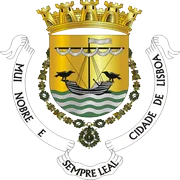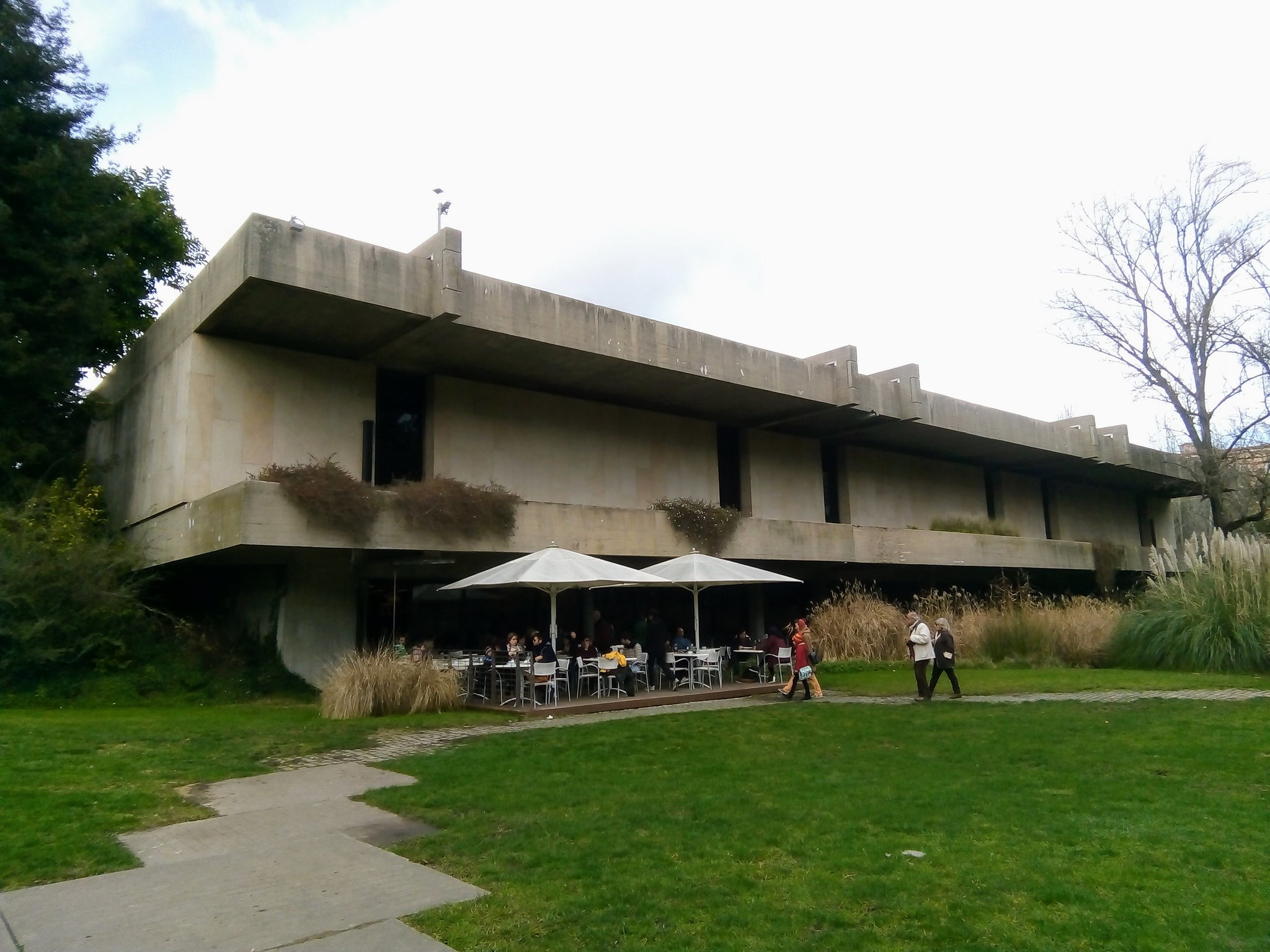Nestled in the heart of Lisbon, the Calouste Gulbenkian Museum is a treasure trove of art and culture that never fails to captivate visitors. While the museum boasts an impressive array of European masterpieces, it’s the often-overlooked Islamic Art collection that truly sets it apart. This hidden gem within the museum offers a fascinating glimpse into the rich artistic traditions of the Islamic world, spanning centuries and continents.
As you step into the Islamic Art wing, you’re immediately transported to a world of intricate patterns, vibrant colors, and exquisite craftsmanship. The collection, amassed by the museum’s namesake Calouste Gulbenkian during his lifetime, showcases an incredible variety of objects from across the Islamic world, including Iran, Turkey, Syria, and Egypt.
One of the first things that catches the eye is the stunning array of ceramics on display. From delicate blue and white Iznik tiles to lustrous Persian bowls, these pieces showcase the mastery of Islamic potters throughout history. The intricate designs and bold colors are a testament to the skill and creativity of the artisans who created them. As you move through the gallery, you’ll notice how the styles and techniques evolved over time, reflecting the changing tastes and influences of different regions and periods.
But ceramics are just the beginning. The collection also boasts an impressive selection of textiles, including richly embroidered Ottoman robes and delicate Persian carpets. These fabrics tell stories of trade, cultural exchange, and artistic innovation, with each thread and pattern holding centuries of history. It’s easy to lose yourself in the intricate details of these textiles, imagining the skilled hands that brought them to life.
Perhaps one of the most captivating aspects of the Islamic Art collection is the array of metalwork on display. From ornate brass incense burners to finely engraved silver vessels, these objects showcase the incredible skill of Islamic metalsmiths. The play of light on the polished surfaces and the intricate designs etched into the metal create a mesmerizing effect that draws visitors in for a closer look.
As you wander through the galleries, you’ll also encounter a selection of illuminated manuscripts that offer a glimpse into the world of Islamic calligraphy and book arts. These beautifully decorated pages, with their flowing Arabic script and elaborate borders, are a testament to the importance of the written word in Islamic culture.
One of the most striking pieces in the collection is a 16th-century Ottoman helmet, inlaid with gold and adorned with precious stones. This magnificent object serves as a reminder of the power and wealth of the Ottoman Empire at its height, while also showcasing the incredible craftsmanship of its artisans.
What makes the Islamic Art collection at the Calouste Gulbenkian Museum truly special is the way it brings together objects from different periods and regions, allowing visitors to trace the development of Islamic art over time and across cultures. It’s a testament to the diversity and richness of the Islamic world, challenging preconceptions and offering new perspectives on this often misunderstood artistic tradition.
As you leave the Islamic Art wing, you can’t help but feel a sense of wonder at the beauty and complexity of the objects you’ve seen. It’s a reminder that there’s always more to discover, even in a museum you think you know well. So next time you find yourself at the Calouste Gulbenkian Museum, be sure to take some time to explore this hidden gem of Islamic art. You might just find yourself transported to another world, one of beauty, craftsmanship, and endless creativity.
The Calouste Gulbenkian Museum in Lisbon, Portugal, stands as a testament to the exceptional art collection and philanthropic legacy of its namesake, Calouste Gulbenkian. Housing over 6,000 pieces spanning various cultures and historical periods, the museum offers visitors a diverse and comprehensive artistic experience. Its well-curated exhibits, ranging from ancient Egyptian artifacts to European masterpieces and Islamic art, reflect Gulbenkian’s discerning taste and global perspective. The museum’s modernist architecture, set within lush gardens, provides an ideal environment for contemplation and appreciation of art. As one of Portugal’s premier cultural institutions, the Calouste Gulbenkian Museum continues to inspire, educate, and enrich the lives of art enthusiasts and scholars from around the world, cementing its place as a significant contributor to the global art community.

